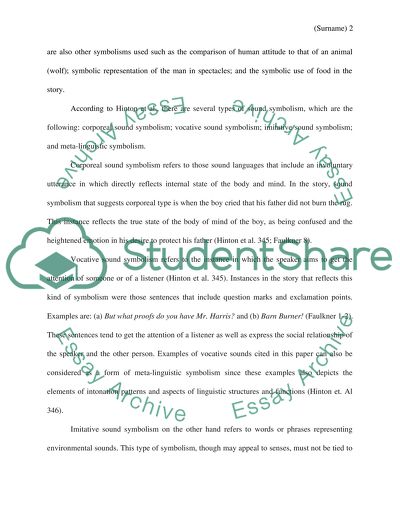Cite this document
(“From a short story Barn Burning by William Faulkner Research Paper”, n.d.)
Retrieved from https://studentshare.org/literature/1481387-from-a-short-story-barn-burning-by-william
Retrieved from https://studentshare.org/literature/1481387-from-a-short-story-barn-burning-by-william
(From a Short Story Barn Burning by William Faulkner Research Paper)
https://studentshare.org/literature/1481387-from-a-short-story-barn-burning-by-william.
https://studentshare.org/literature/1481387-from-a-short-story-barn-burning-by-william.
“From a Short Story Barn Burning by William Faulkner Research Paper”, n.d. https://studentshare.org/literature/1481387-from-a-short-story-barn-burning-by-william.


